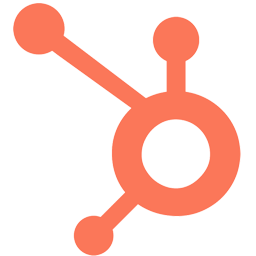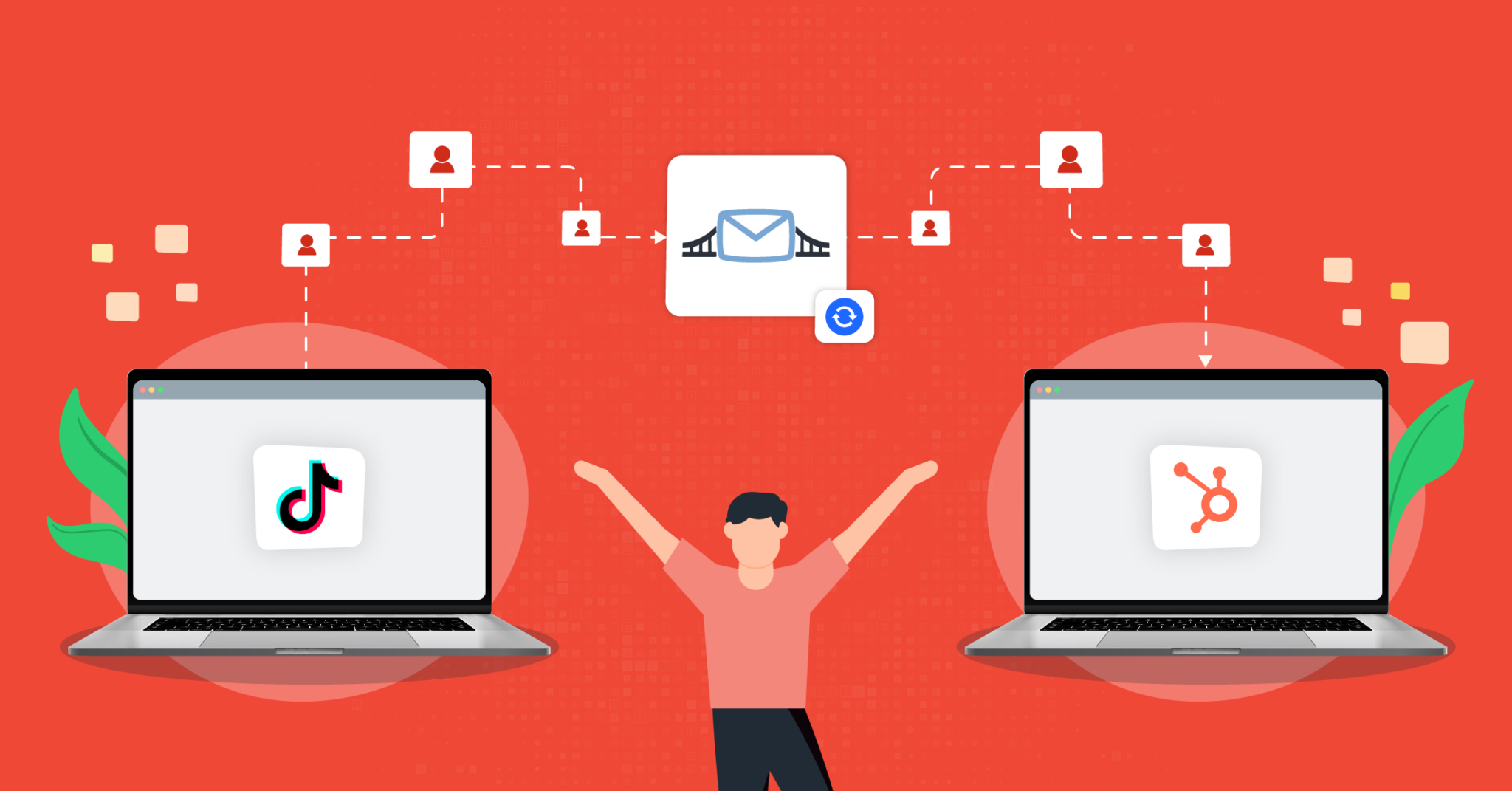Connect HubSpot to CURL with LeadsBridge


In this article, you'll learn how to set up the bridge and connect HubSpot to My CRM Example using LeadsBridge.
How to set up your bridge step-by-step tutorial
Before you start
- Head over to the left sidebar and click on the Create new Bridge green button
- You'll be taken to the first step of the bridge creation
Step 1: Choose the apps you want to connect
- Choose HubSpot as the source for your bridge
- Choose CURL as the destination for your bridge
- Click on the Continue button
- At this point you can choose a name for your bridge (this will only be visible inside LeadsBridge and you can also edit it later)
Step 2: Configure your HubSpot with CURL
Step 2.A: Setup your HubSpot integration
- Click on Connect HubSpot
- Click on Create new integration to connect your HubSpot (or select an existing one from the dropdown if you already connected it)
- A popup wil be opened where you can authorize the HubSpot integration
- Click on Authorize and you will be prompted to the HubSpot authorization experience
- Here you will need to provide the info required and grant access to LeadsBridge
- Once done, you will be get back to LeadsBridge application
- You can choose a name for this HubSpot and LeadsBridge integration (you can also edit it later)
- Once done, click on Continue button and you will get back to the bridge experience where you could choose additional integration settings
- Now that your HubSpot is connected, you can continue with the set-up of your bridge


Step 2.B: Configuration details for HubSpot
How to get Account ID
You can easily find your Hub Account ID in the upper corner of your HubSpot dashboard
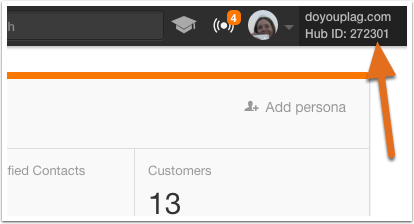

Step 2.C: Setup your CURL integration
- Click on Connect CURL
- Click on Create new integration to connect your CURL (or select an existing one from the dropdown if you already connected it)
- A popup wil be opened where you can authorize the CURL integration
- Fill CURL Code field to connect CURL with LeadsBridge
- Click on the Authorize button
- You can choose a name for this CURL and LeadsBridge integration (you can also edit it later)
- Once done, click on Continue button and you will get back to the bridge experience where you could choose additional integration settings
- Now that your CURL is connected, you can continue with the set-up of your bridge
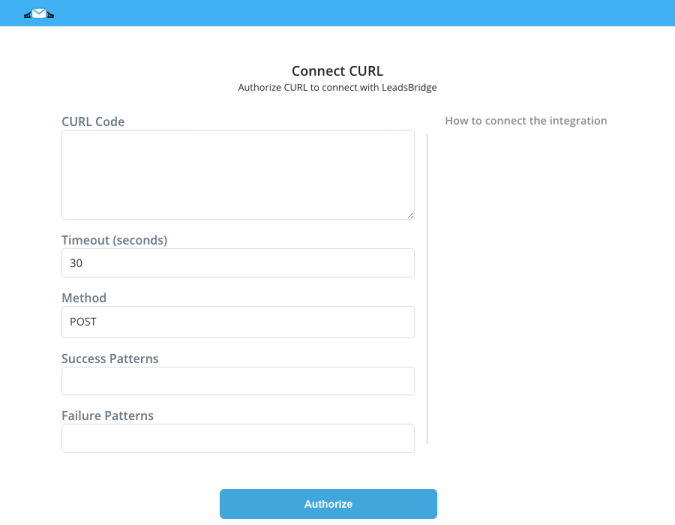

Step 2.D: Configuration details for CURL
How to get CURL Code
cURL is really useful when a particular request or endpoint is causing a problem just to be able to grab the single request and be able to recreate it very easily, for example, to replicate an HTTP form data submission.
This is to perform from advanced users due to its technical nature.
To copy the request as cURL:
This is to perform from advanced users due to its technical nature.
To copy the request as cURL:
- Open the Chrome Developer Tools if you're using Chrome (or equivalent if you're using other browsers)
- Navigate to the "Network Tab" and make sure it's empty to have a clear view on the requests
- Perform the action that would trigger the desired request
- Right-click the desired request call
- Select “Copy” -> “Copy as cURL”
- Paste it in the cURL code field of the integration
Step 2.E: Email Receipt (Optional)
You may choose to receive an email receipt for each incoming lead.
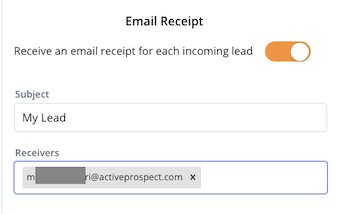

- Type the address(es) where you'd like to receive the receipt
- You may also modify the Subject line of the email
Step 3: Fields Mapping
Here you'll be able to map your HubSpot information with your CURL fields.
- You will have CURL fields on the left. Match the information you wish to pass align from HubSpot
- Based on CURL functionality, some fields might be required; if this is the case, you can identify those fields with a * (star), so be sure to map all them
- You can also use the functions to customize information like reformatting dates and times or modifying text, phone numbers and so on.
- You may leave blank the box of a field's information you don't want to send through. Clicking on the Show unmapped fields button you will have visibility on all the available fields still not mapped
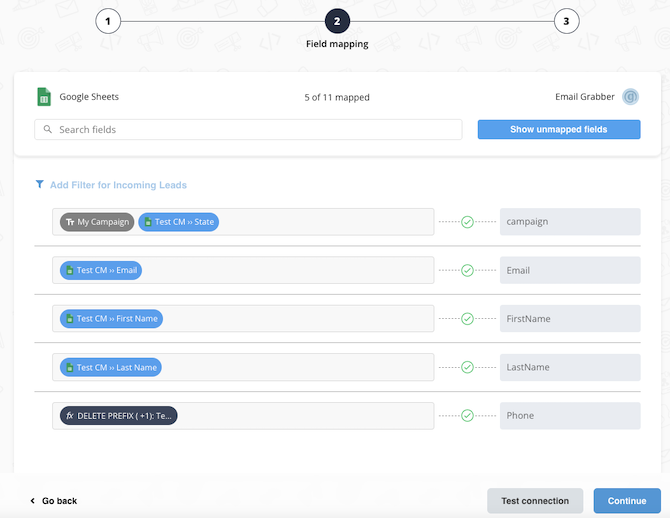

Step 3.A: Leads Filter (Optional)
If you'd like you could add a filter for incoming leads. This filter will sync only leads that meet the configured conditions
- Click on the link Add Filter for Incoming Leads on the top left
- A popup wil be opened where you can configure the filter
- You can define a series of condition to filter the leads. The lead will be synced only when all the conditions will be met
- Once finished, click the Save Changes button to switch back to the Fields Mapping to continue with the bridge configuration
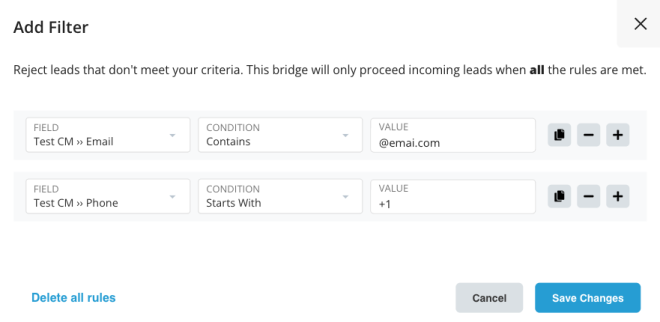

Step 4: Save and Publish
- Click on the Save and publish button
Congratulations! Now your bridge is up and running
Do you need help?
Here some additional resources:
- HubSpot documentation page and common questions
- CURL documentation page and common questions
- LeadsBridge KNOWLEDGE BASE
- Contact support from your account clicking on the top right Support button

